The Psych Ward: Volume Two by Soft Machine
The Psych Ward: Volume Two by Soft Machine
Southeast of Canterbury, England, there is a village called Lydden, where a young lad named Robert Wyatt grew up. Surrounded by intellectual Bohemian friends of his mother, his upbringing was quite free. The Soft Machine was allowed to practice in Mrs. Wyatt’s sitting room, making quite a racket on their little street. By 1967, the band had already gained a reputation as a formidable underground psychedelic band, often dual billed with Syd Barrett’s Pink Floyd at UFO, the Speakeasy, and Middle Earth in London.
The Soft Machine Volume Two (1969) is a non-stop masterpiece, combining Rock, Pop, Jazz, Psychedelia, and Dada sensibilities into one massive ball of creative energy. The album is of great importance to the development of the Canterbury Scene’s sound. Gone was baritone-voiced bassist Kevin Ayers from the first Soft Machine
The Soft Machine Volume Two (1969) is a non-stop masterpiece, combining Rock, Pop, Jazz, Psychedelia, and Dada sensibilities into one massive ball of creative energy.
album, to be replaced by road manager Hugh Hopper on bass. Wyatt’s phenomenal, odd-metered drumming, paired with his sweet, soaring voice taking over all the vocal duties, transported the band to new realms of possibility. Hopper’s brother Brian contributed woodwinds, pushing this album further into jazz territory.
Keyboardist Mike Ratledge stretched his jazz muscles on this album, developing his soloing technique based on equipment limitations. During live sets, everyone (including the woodwinds) played through cranked Marshall stacks. Add fuzztone to this, and the organ would screech with feedback whenever Ratledge lifted his fingers off the keys. The continuous “sheet of sound” similar to Coltrane’s saxophone technique became a live necessity.
The injection of Dada absurdity permeates Volume Two. The vocals are often tinged with humor, as are many lyrics in the Canterbury bands. The second track recites the alphabet while track four repeats it in reverse. Who does that?
Clocking in at only 33 ½ minutes, this listener (used to a standard 44-minute LP) is left wanting more, exactly how a performance should end. The last 11 minutes of the album, dubbed “Esther’s Nose Job” during concert performances, are outstanding. The anxiety-inducing 7/4 or 7/8 time signature pushes the suite along with insistence.
By 1971, Robert Wyatt had left the band over creative differences while the Soft Machine became a fully instrumental force, delving deeper into jazz fusion for the rest of their existence. In 1973, Wyatt became paralyzed from the waist down after a fourth-story fall at a party. He continues to have a fruitful solo career as of this writing.
Highlights: “Hibou Anemone and Bear,” “Dada Was Here,” “Out of Tunes”
Related: The 100 Best Psychedelic Rock Album of the Golden Age
The Psych Ward–Vol. 1 by Soft Machine
The Top 100 Psychedelic Rock Artists of All Time
Gallery
Recent Articles
Podcast with Andrew Weisse: Beyond The Journey
•
December 5, 2025
The Club Is Open by Radderall & Muzzy Fossa–Album Review
•
December 3, 2025

Loading...
The Club Is Open by Radderall & Muzzy Fossa–Album Review
- Bill Kurzenberger
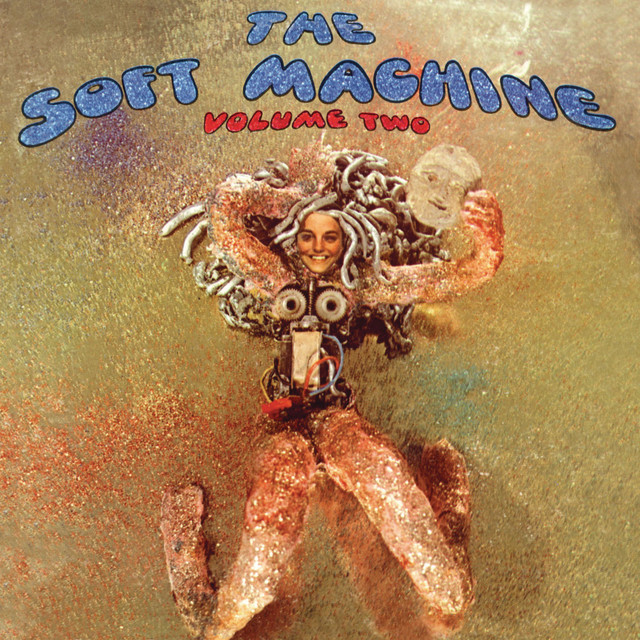
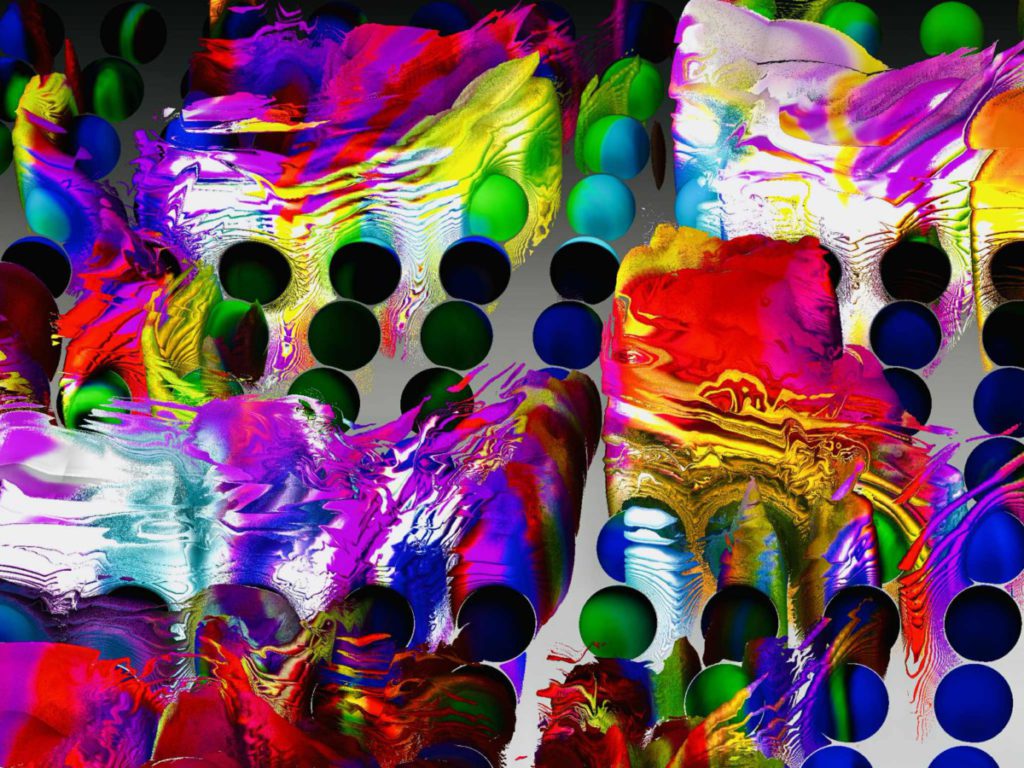
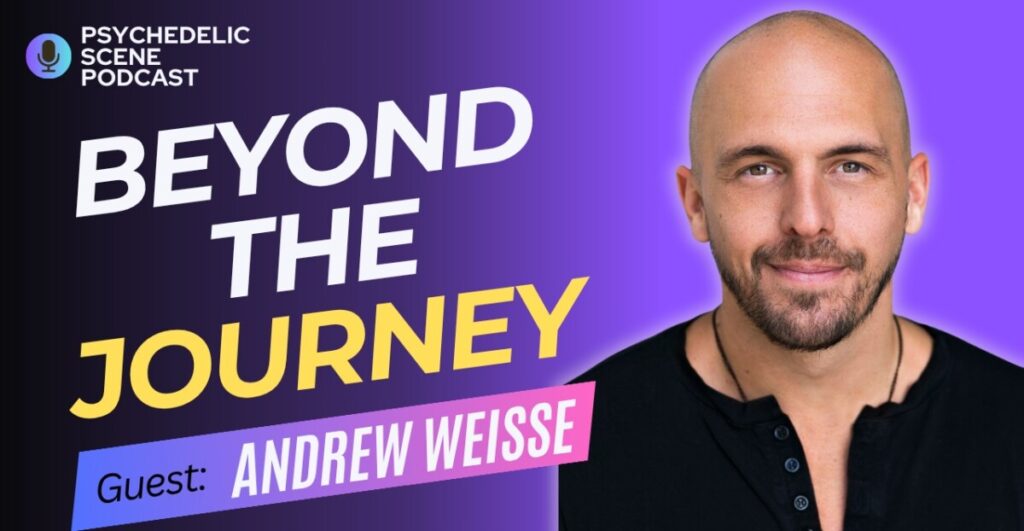
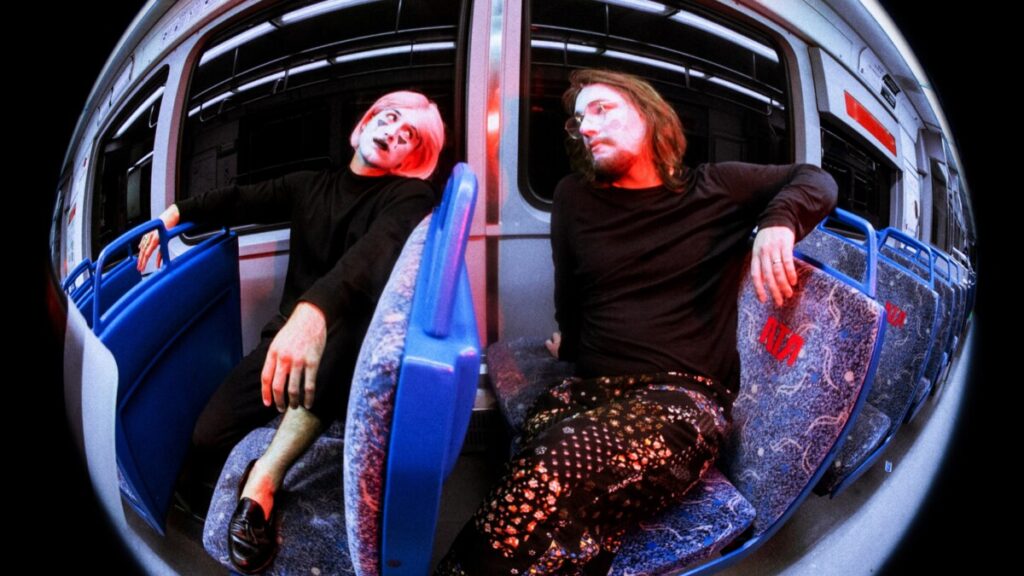
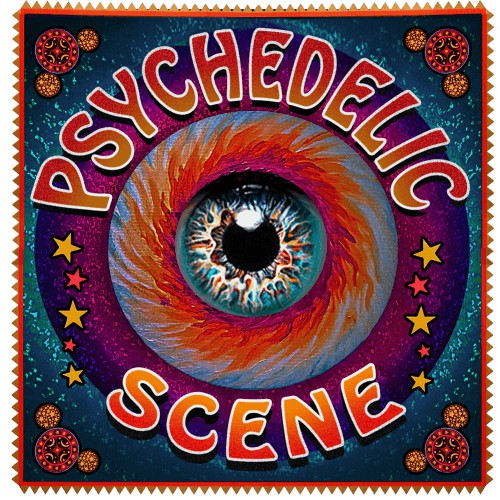
1 thought on “The Psych Ward: Volume Two by Soft Machine”
A momentary alignment, where Whimsical met Improvisation, while the continuum of time had just shaken the Gong out of the church, though not out of the production. Here is an early poetry reading (1963) from Daevid.
https://www.youtube.com/watch?v=I-y07DhVDGE
For anyone who wants to explore Kevin’s catalog, please visit the homage I devote to his career on my YouTube Channel: https://www.youtube.com/channel/UCuUAYSKlqWsMKHiVZUEtSkg